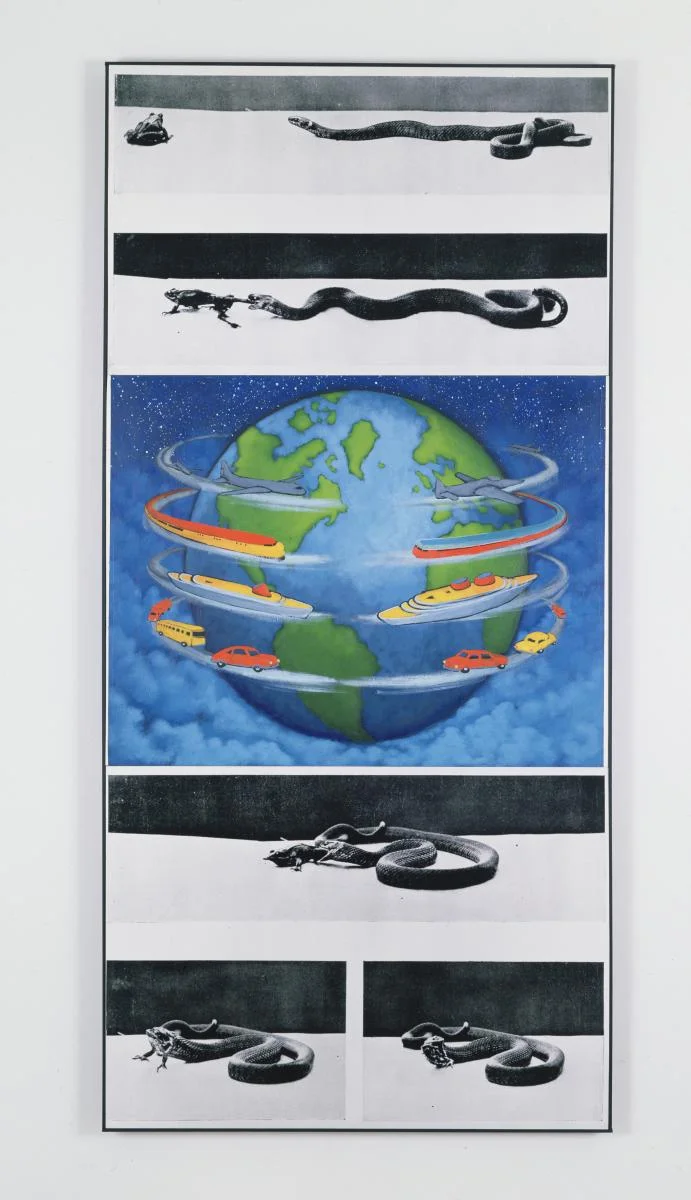Cracks in the Pre-Invented World: Disaster, Art and the Sublime in New York, 1970 to 1992.
By Jeffrey Patrick Colgan & Jeffrey Escoffier
When artist and writer David Wojnarowicz returned to New York City in 1979 from a lengthy stay with his sister in Paris, he used office equipment to print a large cutout of the face of poet Arthur Rimbaud, a cigarette to burn two narrow eye-holes, and a knife to carve out a gently sloping mouth. Long inspired by the French poet’s life and work, Wojnarowicz sought to impersonate the poet in order to stage his own coming-of-age among the city’s ruins and cultural underground. He used his friends as models and staged scenes that inserted the fragile, pale face of Rimbaud into the dirty confusion of 1970s New York.
Read More







